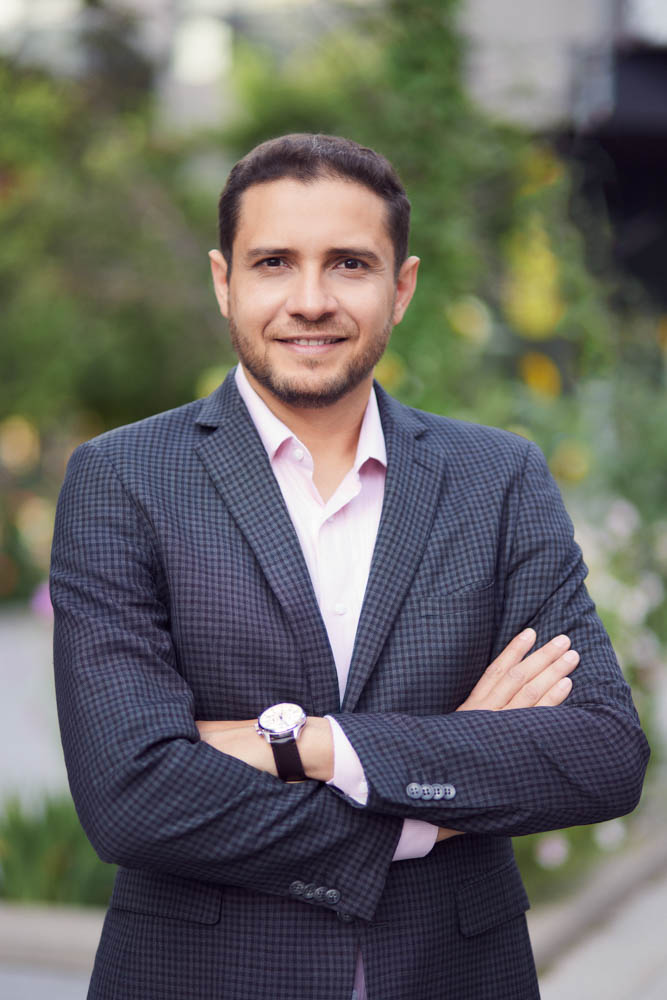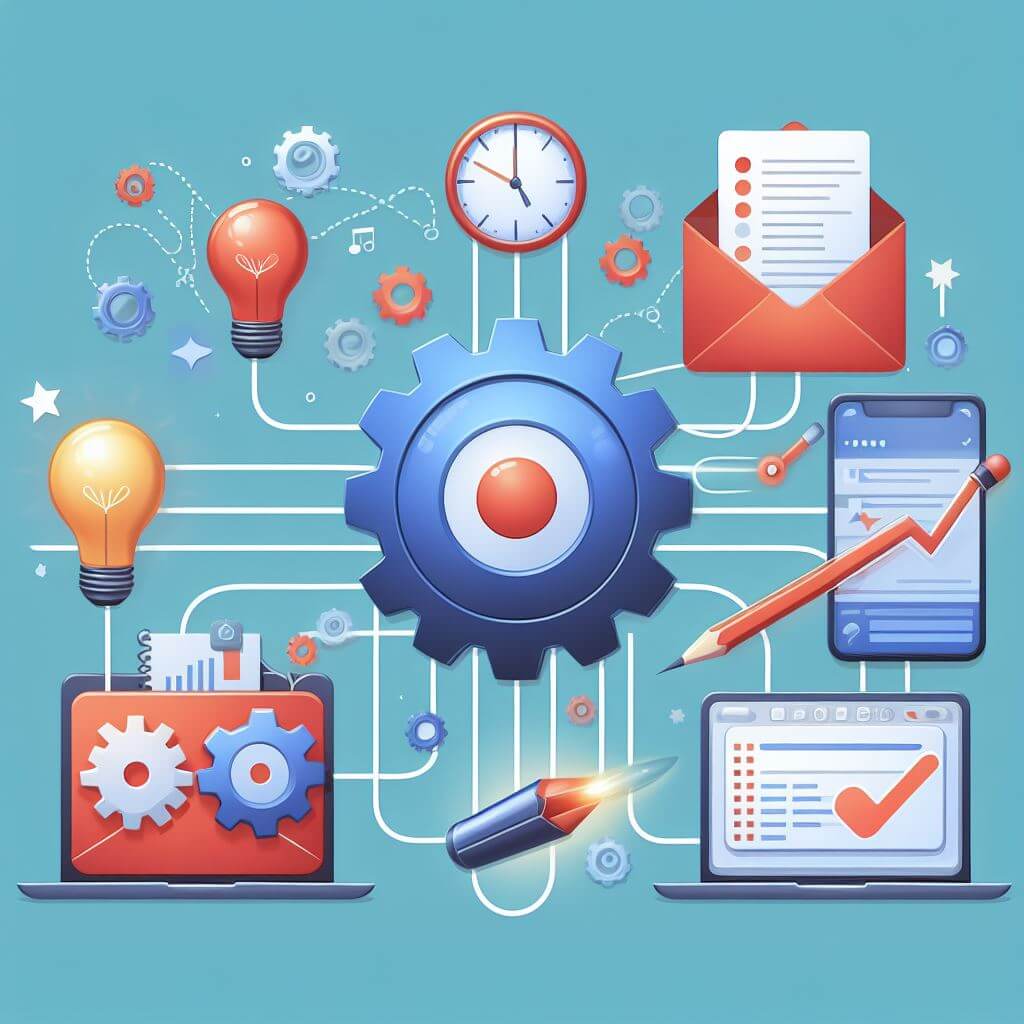
Take One Step Further!
Join the One Step Further newsletter and get insights, practical advice, reviews, videos and other resources designed to level up your life, improve your productivity and use technology in your favour.
Hi, I am Eder!
I spent most of my adult life seeking perfection as I dealt with impostor syndrome. I looked at every corner, trying to optimize each and every activity to save time. Then, used these new free cycles to look for other areas of improvement, ultimately immersed in an endless lifecycle.
After I burned out, I completely redesigned how I look at my personal and professional life. I started to live with more intention and respect for my wellness, my loved ones, and the people I interact with.
To help others, I decided to share my journey pursuing a balanced, more fulfilling life to be genuinely enjoyed.

Cyber and Tech
I am a cybersecurity executive with a solid track record of success, helping some of the world’s most complex institutions. Specifically, I am bringing this experience from the corporate side to help you have a safer digital life, and also providing a review of tools and apps that can help you build a life that you love.
Productivity
For several years, I have been passionate about how simple habits and strategies can enable us to enjoy better lives. Productivity does not need to be complicated or exhaustive; it should be fun and free up time for the things that matter the most!
Wellness
We are complex individuals. To improve our quality of life, we must take care of all wellness dimensions: financial, intellectual, physical, spiritual, emotional, environmental and social. Here you will find new ways and proven strategies that I use and will support you on your journey.


